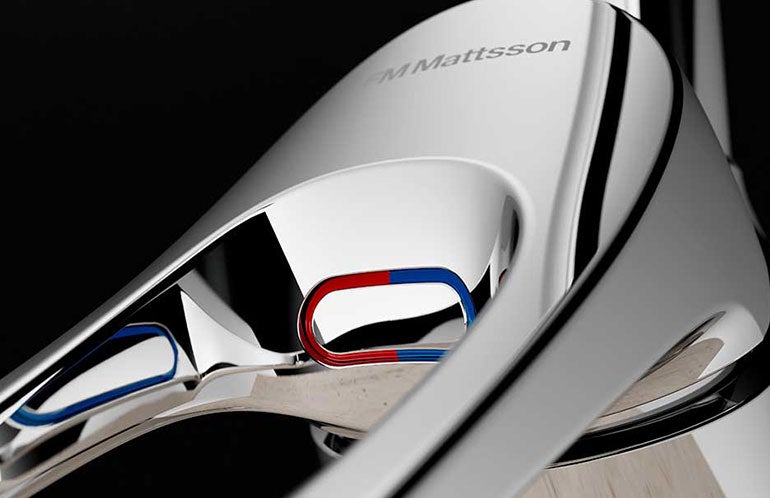Meet Thomas Hermansson
– development engineer with a focus on product development and technology.
From copper pipes to polymeric materials and lead-free brass. Thomas Hermansson, a development engineer at FM Mattsson, has been involved in leading the technical development of our products for many years. In this chapter, we go through some of the most significant changes that our faucets/showers have undergone in the past two decades regarding materials, connections, inserts, and solutions for water pathways. If you wish to get in touch with any of our knowledgeable staff, please feel free to reach out to us here.
The 9000 series has evolved and been refined over the past 20 years.
The first 9000 mixers were essentially large chunks of brass, where channels were machined for water pathways. Copper pipes were used for incoming water. When we developed the 9000E series, several technology modules were developed that could be implemented not only in 9000E, but also in other series. These technology modules were made from high-strength polymer materials with similar properties to metal. As a result, the water pathways in the products were composed of both brass and polymer materials. Copper pipes were replaced with more flexible soft PEX connections.
During the period with the 9000E, there was an increasing focus on lead-free materials, both from real estate companies as well as private customers, and products began to be assessed from a sustainability perspective. Based on this, there was a strong emphasis on sustainability during the development of the FMM 9000XE series. For example, the kitchen faucet in the FMM 9000XE series consists of a thin shell of lead-free brass, resulting in significant weight savings. All water pathways are made from environmentally friendly materials approved for drinking water.
What distinguishes the FMM 9000XE technically?
The previously mentioned shell technology and the polymeric waterways are two examples. We have also developed a new 35mm insert that is better suited to today's flow classes and still provides more comfort for the end user.
How long does a mixer from FM Mattsson last?
Our mixers last approximately 50 years, but it should be anticipated that some wear parts may need to be replaced during that period.
What makes you most proud of working at FM Mattsson?
FM Mattsson is a very enjoyable place to work because the tasks are highly diverse. You could almost say that every new project is like a new job.

